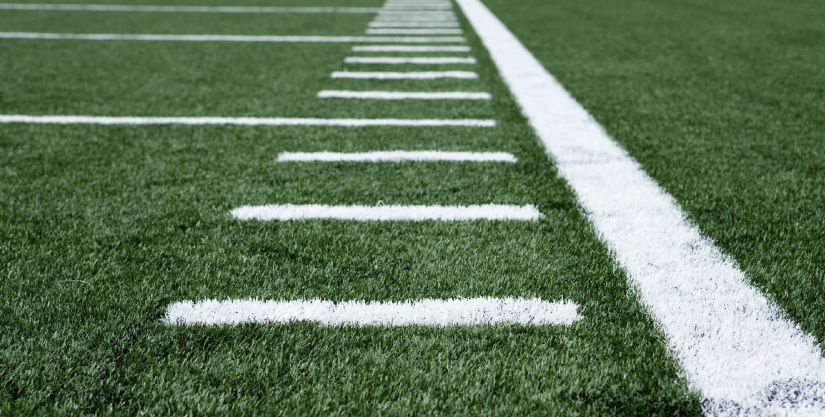Synthetic surfaces are sometimes considered in place of natural grass to accommodate the different demands we place on open spaces. What is the impact of synthetic turf on the safety and amenity of open spaces?
The Institute for Sustainable Futures (ISF) prepared a report for the Office of NSW Chief Scientist & Engineer to investigate the components and properties of materials used in the manufacturing and installation of synthetic turf sports fields.
In addition, this report aims to provide advice on relevant standards, degradation characteristics, opportunities for reuse and recycling and relevance of product stewardship schemes.
This report identified a number of important gaps in the current state of knowledge regarding the chemical composition of synthetic turfs. To address these gaps and increase transparency of information regarding chemical composition the following overarching principles and actions are proposed with the intention to drive improvements in performance and safety.
The report will aid in the creation of guidelines to help make informed decisions about using synthetic turf in public spaces.
RESEARCH OUTPUTS
Synthetic Turf in Public Spaces – Chemical composition of materials (2022) (Report)
Researchers
-
Research Principal
-
Research Director
Year
- 2022
Client
- Office of NSW Chief Scientist & Engineer
SDGs
This project is working towards UN Sustainable Development Goal 3, 11 and 12.






